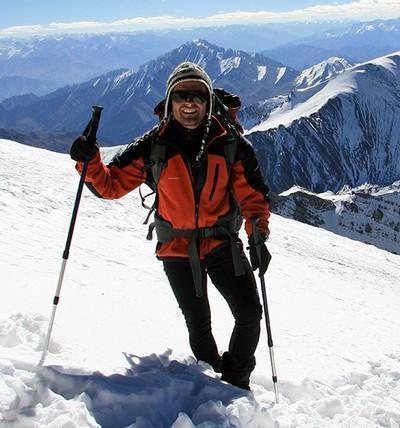The water equivalent of snow is an important concept for many environmental researchers and is used to estimate the liquid water that would result from melting snow pack. It is determined by the product of the depth and density of a snow layer and is useful for flood forecasting, controlling reservoir water levels at power plants, crop irrigation, and a number of environmental and climate change research purposes.
Land Use Data for Snow Cover
The land use data for snow cover provides a useful measure of snow cover. It shows the amount of snow and ice covering land and the percent of area covered with each land cover class by month. The errors are a result of the mixed-pixel effect, forest boundary errors, and patchy-snow conditions. The errors are generally smaller for cropland and pasture land, but they are larger in urban and built-up areas.
Snow cover is an important component of global and regional climate and plays an important role in groundwater recharge and river run-off. It is important to understand the extent and patterns of snow cover to make informed decisions about water resources. Satellite-derived snow cover data from Sentinel-Mission satellites are ideal for the task, since they are extremely reliable and have high revisit times. The snow cover extent data are derived from Sentinel-1 IW Sar data and Sentinel-2 multi-spectral data. In addition, a DEM called TanDEM-X is used to classify the snow cover.
Streamflow Measurements from USGS Streamgaging Network
Streamflow measurements are an integral part of water resources management. Whether streamflow is measured in real time or over a long period of time, the data can inform both decision-making processes and scientific studies. For over 125 years, the United States Geological Survey has been collecting streamflow measurements in the United States. This network has been instrumental in improving hydrological data and streamflow monitoring.
The current USGS streamgaging network utilizes a variety of instruments to collect data on streamflow. Price current meters, for example, are one of the oldest tools used. These meters use a series of conical cups arranged around a vertical axis to measure water velocity. Electrical and acoustic devices measure water velocity, while an optical device measures rotational velocity.
Satellite Remote Sensing
Satellite remote sensing can provide valuable information about water use, snow cover, and vegetation. These data can also be used to predict flood occurrence and magnitude. However, the data collection process is not always straightforward, especially when different types of sensors have different time scales. Therefore, scientists must adapt their techniques to cope with the new data formats.
Snow cover data from satellites can complement information collected by ground-based and air-borne instruments. These data provide spatial information about snow cover that conventional methods cannot. For example, data from the Canadian Space Agency's Global Warming Science Green Plan is used to develop the ISY snow atlas. The ISY study also incorporated ground data collected at specific locations into the analysis process.
Statistical Interpolation
To estimate snow water equivalents (SWE) for a particular year, water resources managers typically use 500-ft or 500-m bands of elevation. These bands delineate high, medium, and low elevation zones. For this study, the SWE estimates were extrapolated into the low-elevation zones. For the same basin, the highest accumulation occurred on 30 March 1993.
Using this method, the number of data points that were available to estimate the coefficients for the model was set equal to K. This constraint is too restrictive when dealing with uncertain data. The interpolated data may be outside of the observed range, which leads to spurious oscillations. However, this can be avoided by penalizing the second derivative function.
There is also a need for more rigorous methods to assess the uncertainty associated with interpolation. Various methods exist, including the use of inverse weighted distance and regression nonexact methods. Gridding snow telemetry data over 1-km spacing can improve accuracy. However, the methods must also consider the differences between regions.
ECMWF's Hydroclimatology Model
The ECMWF's hydroclimatology system is able to provide forecasts for snow and ice on a global scale. In addition, the model has an improved performance in terms of snow-mass and snow-cover. The researchers' findings are supported by data from several satellites, including the Nimbus-7 satellite, the Special Sensor Microwave Radiometer, and the Defense Meteorological Satellite Program.
Several factors affect the behavior of snow and ice on the West Coast. One of the key factors is AR variability. Warmer ARs produce higher snowfall, which can increase the risk for flooding and debris flows. The increased runoff will also affect groundwater recharge and storage. This will also exacerbate the impact of flooding and erosion on coastal water resources.





